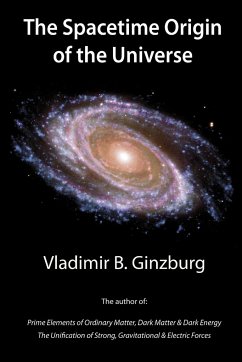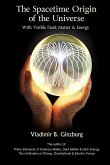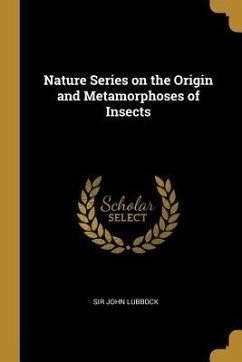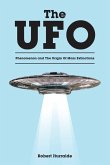This book describes the basic concept of the Universal Spacetime Theory (UST). During its development I was stimulated by many scientific ideas proposed since the dawn of science that I described briefly in Chapter 1. In the UST, these ideas took on a completely new form, thanks to my discovery of a spiral string entity that I named the toryx. The toryx turned out to be a perfect candidate for a prime element of nature. This, however, was only the tip of the iceberg. Besides yielding the unified laws applicable to both micro- and macro-worlds, the toryx helped me to find the answer to the most puzzling question of science.
Hinweis: Dieser Artikel kann nur an eine deutsche Lieferadresse ausgeliefert werden.
Hinweis: Dieser Artikel kann nur an eine deutsche Lieferadresse ausgeliefert werden.








